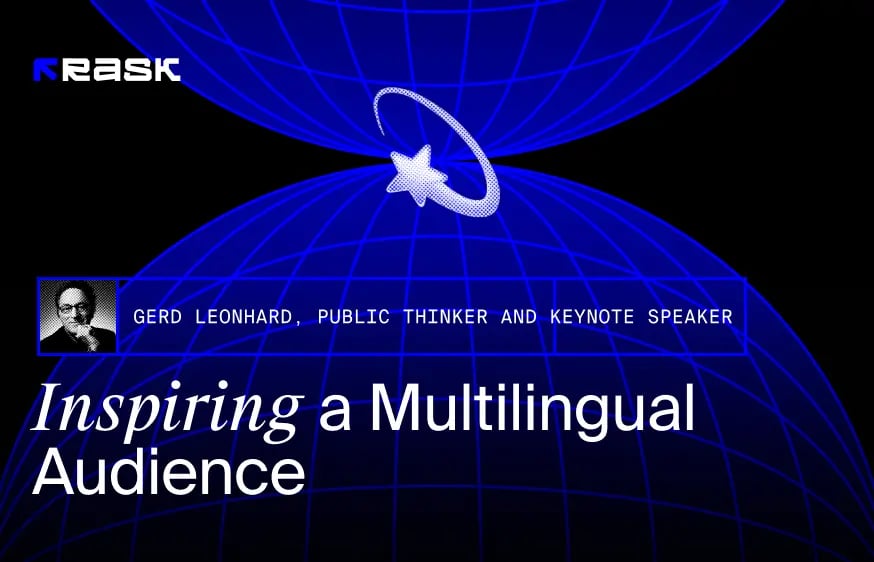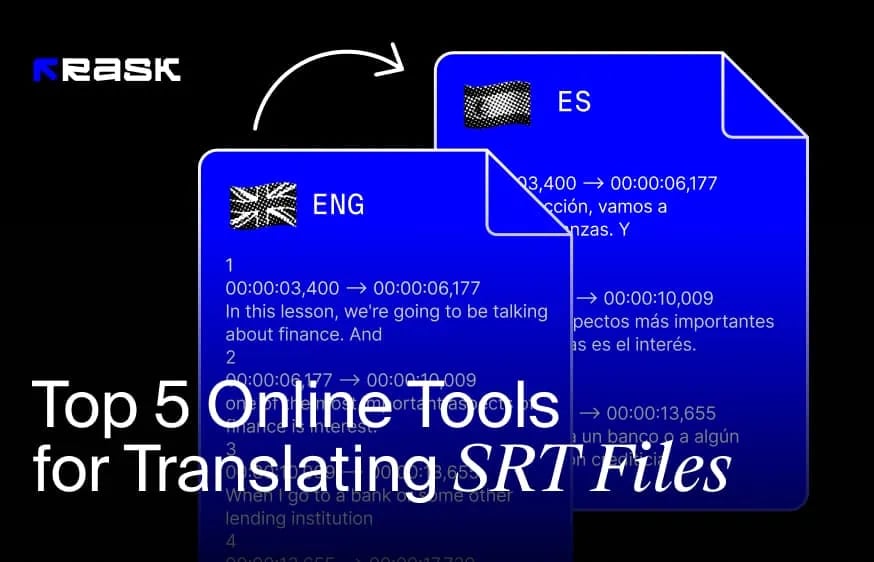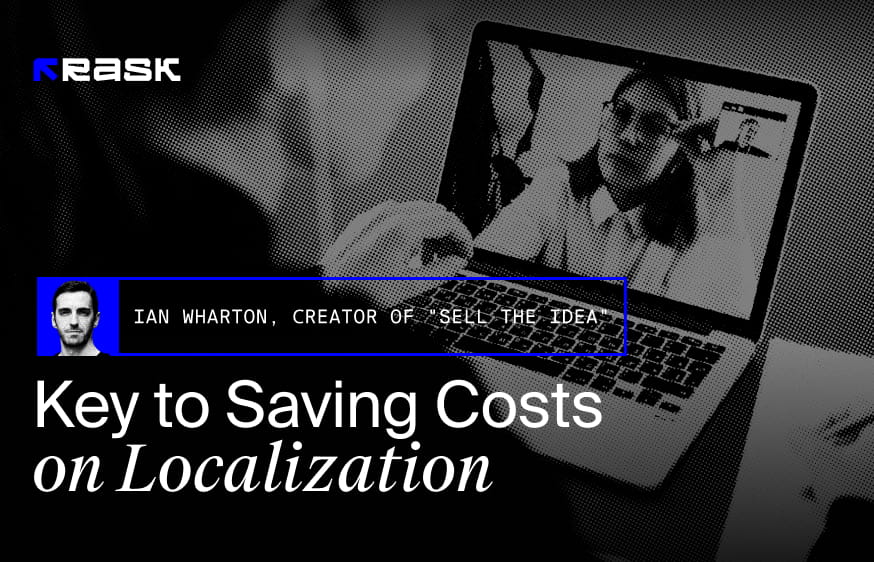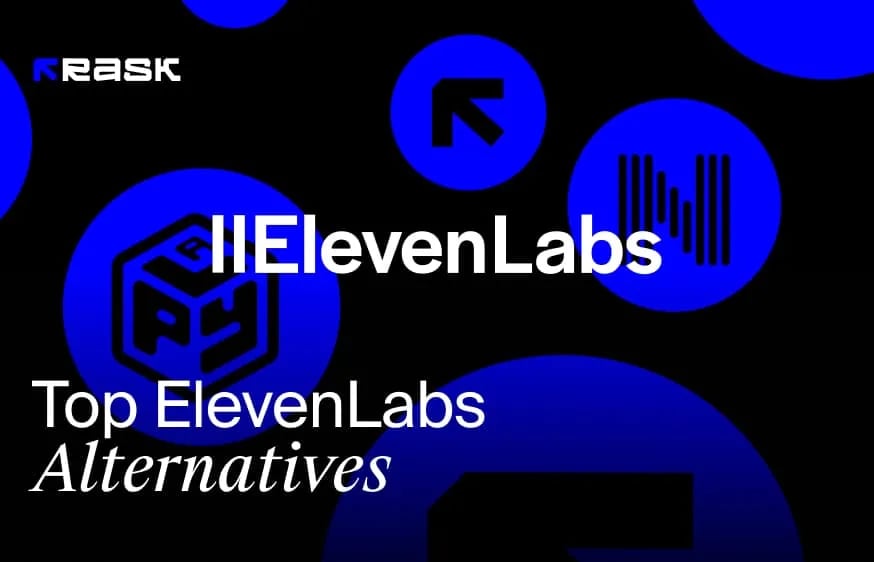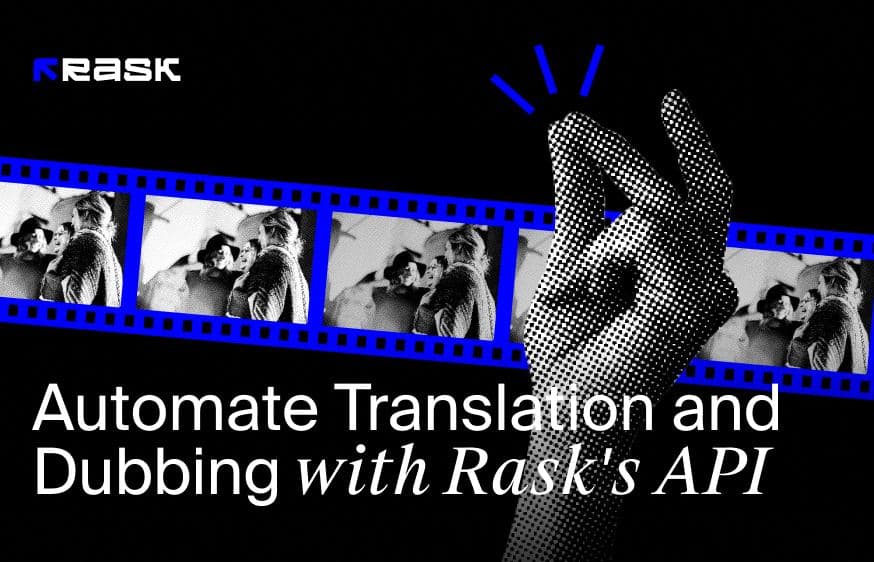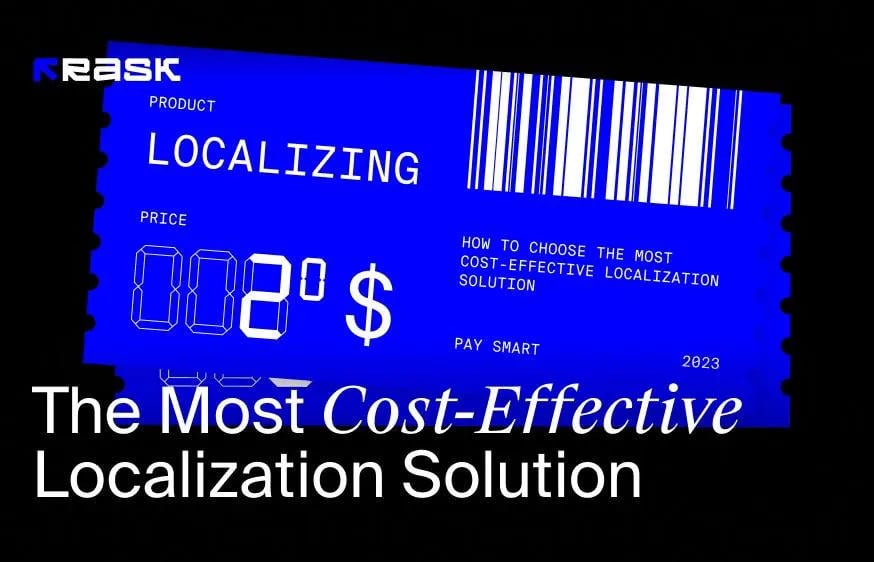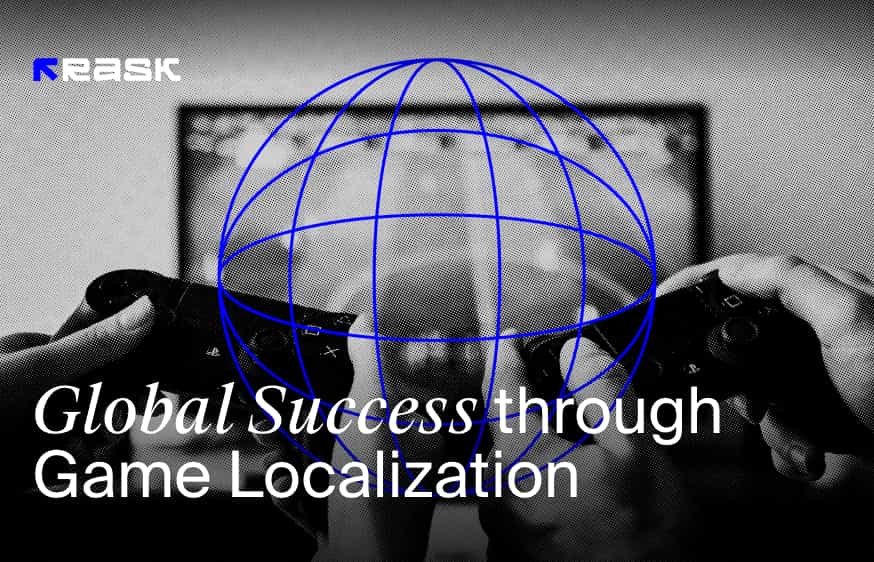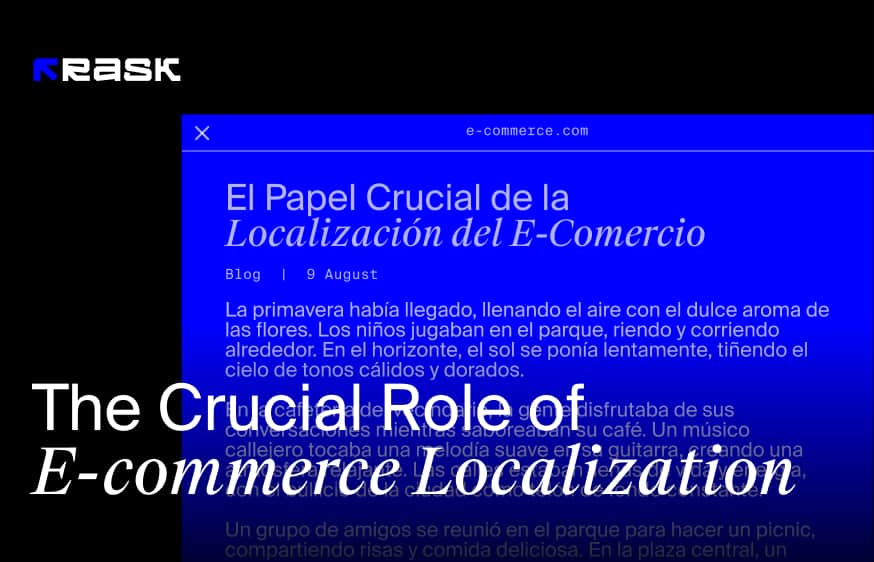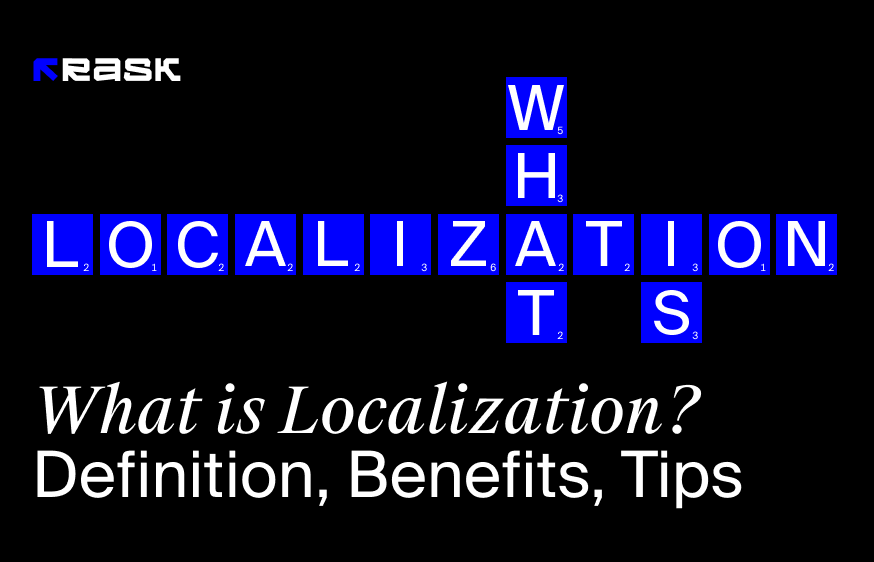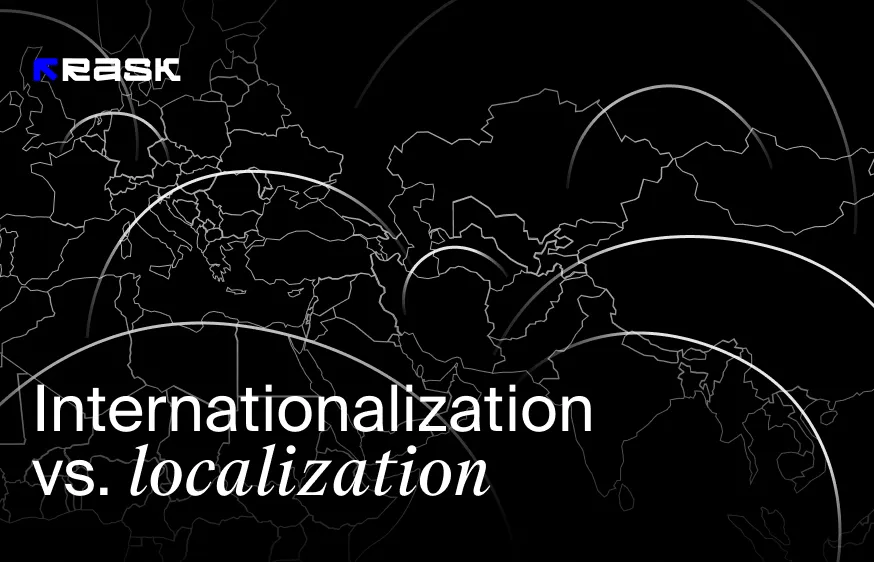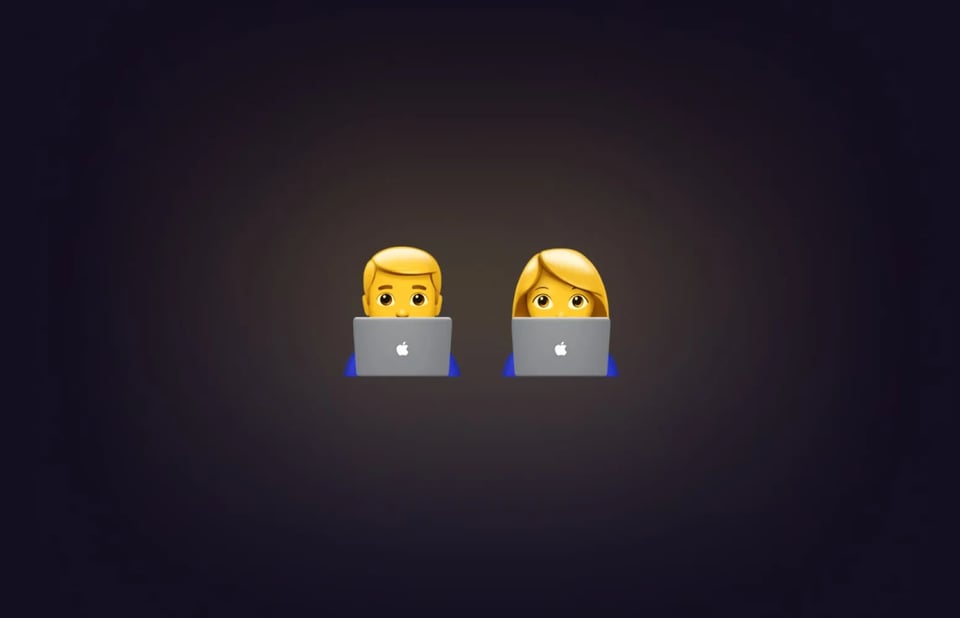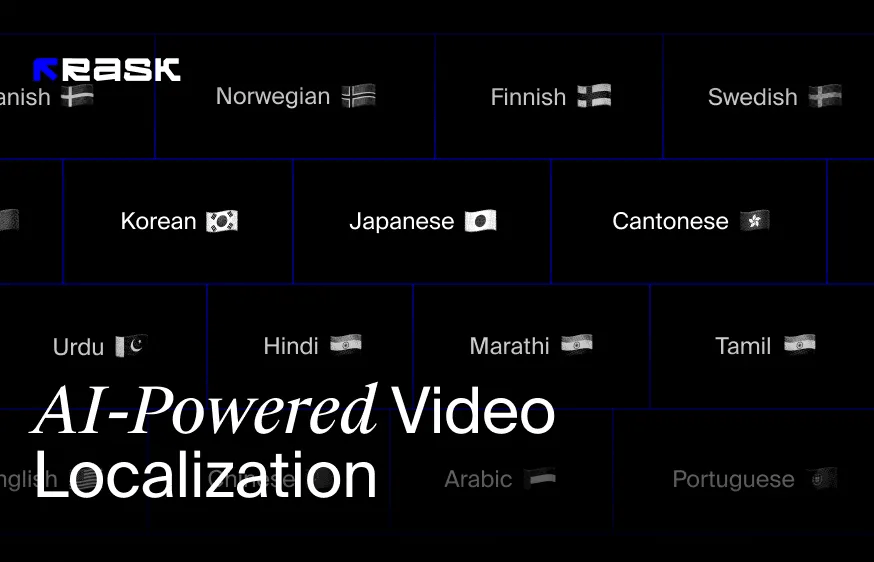In this globally-connected age, almost every business or content creator engages with different people from diverse parts of the world. Maybe you’ve heard of localization, and maybe you haven’t. Maybe you’ve even decided business localization is too complex and not worth the effort. Well, I’m telling you: if you want greater reach and more engaged consumers, you need to know what localization is and how to apply it in a way that’s appropriate for your needs and the needs of your consumers. We’ll break down all that and more and even share some great localization examples to inspire your localization strategy!
What does localization mean?

Basically, a localized marketing strategy is an aspect of globalization in which a business modifies parts of its offerings to suit the preferences, expectations, and conventions of a new, “local” market. Imagine this: you’re going about your day, and you come across a product. Maybe you walk past a billboard or open a mobile game on your phone. Everything seems normal, but then you notice something strange: a turn of phrase that doesn’t sound quite right or an offer that feels like it was designed for someone living in a different country. Immediately, your immersion is broken, and you’re left feeling slightly less likely to use, buy, subscribe, or whatever other action the company behind the product wants you to take. You’ve just run into an example of a failure to localize.
Now, consider the opposite situation. You see a recognizably global brand coming out with a new product that’s been influenced by the culture of your country. It could be a fast food restaurant offering its spin on a local dish or a sneaker company releasing a limited-edition pair of kicks co-designed by a local fashion celeb. If you remember the last time you encountered something like this, do you remember how you felt? If the idea was well-executed and respectfully pulled off, my guess is that you thought at least a little more likely to purchase whatever products the company sells than you were moments before.
And here lies the beauty of an effective localization strategy: whatever the industry, when localization is done right, it can result in perceptible improvements in important marketing KPIs like CPM, CPC, and CTR — and leave your consumers feeling seen and important, ultimately strengthening their connection to your brand.
When is a localization strategy necessary?

Localization should be considered any time a brand sells its products or services outside of its home country to customers with meaningfully different cultures, traditions, histories, and viewpoints. There’s so much more to consider in these situations than just translating from one language into another. Every market is unique, and every consumer deserves a user journey personalized to their experience or at least to the norms of the place they call home. A localization strategy guides this journey, providing a roadmap toward a smooth and (hopefully) profitable expansion.
What are the benefits of localization?
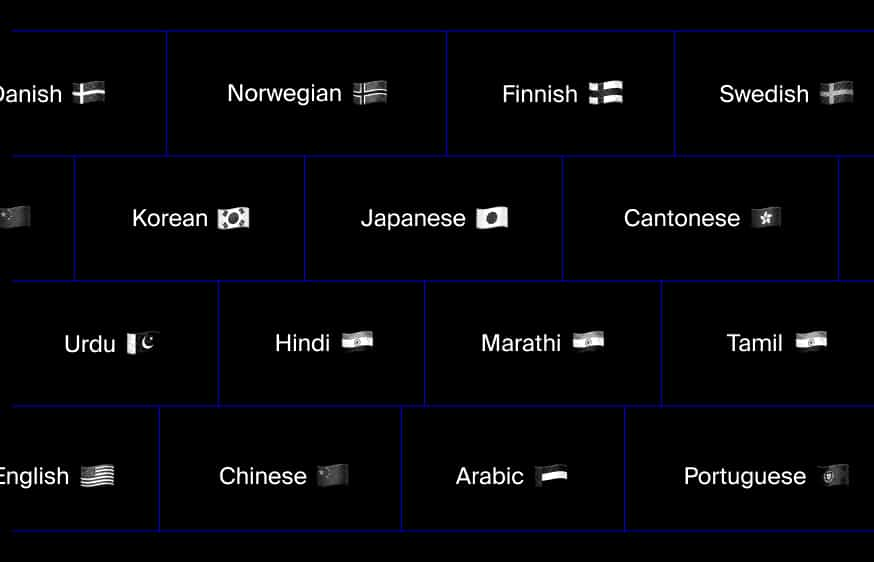
We’ve talked a little about what a localization strategy does, but what are some benefits to content creators and businesses? Well, the most obvious benefit of a localized marketing strategy is that it increases customer engagement and improves the brand’s image in the eyes of those customers. By adapting their product and content marketing strategies to suit specific areas, businesses provide a more personalized experience for those audiences and show that they respect them. Customers feel more valued, the brand develops a better reputation, and it is more likely to retain new and old customers — a win-win-win. It’s also important to understand that localization isn’t just for show. When you can speak with your customers in a way that they understand and respond to, it makes the whole communication pipeline more efficient, directly impacting conversion and business growth. The numbers don’t lie: according to a study by Common Sense Advisory, customers are willing to pay significantly more for a localized experience, and companies that invest in localization earn 30% more from international markets!
Three occasions when you should explore localization
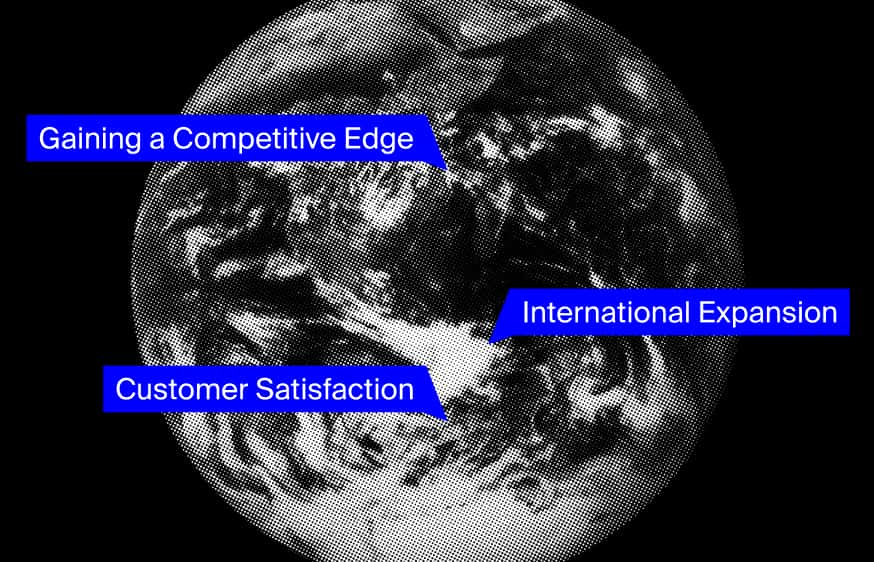
- International Expansion: When entering a new market for the first time or after an upswing in global consumers, a sound business localization strategy helps navigate cultural nuances and avoid brand-damaging missteps that stem from culturally insensitive tactics.
- Gaining a Competitive Edge: Localization allows businesses to compete more effectively and reach more consumers than competitors with more generic offerings, boosting revenue and drawing new consumers to their brand — be the first to localize, not the last!
- Customer Satisfaction: Customers are more likely to buy from businesses that communicate with them in familiar and sensitive ways, which means that a good localization strategy can improve brand loyalty and customer retention. Top tip: Keep an eye on customer feedback for specific requests that can be incorporated into the localization strategy for that region.
Defining your brand’s localization strategy

Precisely what a localization strategy entails depends on the product or service being offered, but here are a few of the commonly included aspects of a localization strategy:
- The written and spoken language that your target market has adopted. That includes slang, colloquialism, and quirks specific to that area.
- The visual and design language that best resonates with your new audience, including the symbology and iconography appropriate for their region — and yes, that means emojis, too!
- The local competitors in the sector you'll be competing in. If you don’t know who they are, a competitor analysis is essential to starting your localization process.
- How you best provide customer support in the languages and channels they require.
Product localization may mean altering a physical product’s features, packaging design, or name to better appeal to local consumers and considering localized advertising campaigns, logo design, messaging, and even the holistic brand identity itself. Additionally, a content localization strategy should also adapt digital marketing materials where necessary, including:
- User interfaces, navigation, and functionality should meet the expectations of the local audience. Website content, user interface elements, on-screen copy, formatting of dates, and units of measurement. Top tip: test your digital content with local users to gather user experience (UX) feedback.
- Digital and social media content, with particular consideration to the platforms that people in that area use and the content they enjoy consuming.
- Customer support and user documentation like FAQs, user manuals, how-to videos, and other support content.
All user-facing content should be relevant from a language perspective and sensitive to the region's cultural, social, and historical aspects. It’s also essential to map out internal elements of the localization strategy: what are the success metrics for a campaign in this region, and what are practical constraints for the team rolling it out, including time, budget, and resources?
Localization Strategies for Different Industries

While a considered product and content localization strategy is a must-have for any business, the industry you’re in should inform the tactics you focus on. Strategies can vary across industries based on their unique characteristics and target audiences. In e-commerce, platforms like Amazon translate their content and customer support into local languages, incorporate local payment methods, and connect customers with local delivery partners to make the user purchase journey as simple and speedy as possible.
Game developers, on the other hand, are more interested in getting their customers excited by and immersed in the worlds they create. To do this, they not only translate in-game text and voice overs but also release localized versions of their games that have been adapted to be culturally relevant to the different regions their audiences live in.
Businesses in the tourism and hospitality industries deal with customers from all over the world every day. To provide personalized experiences for travelers while still allowing them to experience everything that their destination has to offer, hotels and travel agencies adapt their marketing materials, such as brochures and tour descriptions, to highlight the local attractions and activities that they think are most attractive to customers in the areas they’re marketing to. These businesses are also responsible for educating their users on the local customs and correct etiquette to follow when in a foreign country to ensure that both they and the locals can enjoy a comfortable and memorable experience.
Our Ultimate Guide To Localization Best Practices
%2520-%2520min.jpeg)
Here are a few tips you can follow when developing your own localization strategy:
1. Find Out What Makes Them Tick
Do a deep dive into your target market's history, customs, traditions, and values. You never know exactly how and where their culture may differ from yours, so there’s no such thing as too much research: conduct market research, analyze your competitors and survey local users. If you don’t have the time to do it yourself, consider contacting a localization expert to help lay the foundation for your localization strategy. Trust us — avoiding unseemly blunders or taboos is worth the effort!
2. Learn Their Language
Sure, you can use a translation service to adapt your content to the language of your target audience, but your localization journey shouldn’t end there. Having someone on the team who is fluent in the language or — better yet — a native speaker will give you valuable insight into the nuance of the people in the region you're targeting. If that’s not possible, take some time trying to learn about their language preferences to give you a better idea of whether your localized content feels authentic.
%2520-%2520min.jpeg)
3. Discover The Power of Design
If a picture says a thousand words, what language are those words in? When creating visual content for your localization strategy, ensure that your graphics, images, icons, layouts, and other design elements are appropriate for your target market in terms of local aesthetics, color preferences, and cultural symbols. Remember that people often notice visual imagery before copying, so your customers should already feel your content is relevant to them before they read your main message.
4. Join Forces with Local Experts
Identify partnerships that will help give you an immediate connection and insight into your new audience. That might mean teaming up with local influencers, hiring native speakers as consultants, or even working with localization agencies who know the target market inside out. Also, use tools and systems that can streamline or enhance your localization strategy — but never lose the human touch necessary to truly connect with customers in any region.
5. Work On The Paperwork
Since any localization strategy will involve exploration and uncertainty, it’s important to document your process and progress in clear and easily navigable ways. That might mean writing style guides, building glossaries of words and terms to use (or avoid!), and other resources that can help your current and future teammates maintain consistency across all your localized content.
6. Test, Test, Test Again!
You can relax once you’ve settled on a winning localization strategy, right? Wrong! Localization is an ongoing process. The market you’re entering will continue to change and evolve like any other. Since you’re not as familiar with this audience as others, it’s even more critical to continuously test the content and get feedback from local users.
By whom and in what method the fact of the localization efforts need to be proofed
Proofing the fact of making considerable localization efforts strictly demands the collaboration of professionals who constitutes members of the quality localization teams and the designer-teams. Here's remembered the specialists who can be involved and in what way the localization proofing process works:
Customer of localization services
This may involve various organizations and corporations that make orders for the localization of the content or product provided by them in new markets. The localization consumer is to verify that all localization claims have been met and that the localized adaption meets their desired quality standards and expectations.
Localization professionals or companies
The key performance indicators of localization are typically demonstrated by a specialized company or just by a localization team. These parties are responsible for translating, adapting, and checking the already localized content before providing it to the target markets.
Language specialists
Language professionals are considered an essential part of the localization process. Such experts are well-versed in how to translate the text and check grammar, as well as style, spelling, and cultural differences to ensure a high-quality translation.
Appliers and testers
The target of testers lies in checking the localized product or service to identify any errors, shortcomings and glitches. By collecting feedback from true appliers in the target locale, you can gain various valuable insights into the satisfaction and acceptance of the localized adaptation.
Consultants of culture
Attracting the consultants of certain culture can bebeneficial, especially if there are any sensitive topics or cultural differences that need to be addressed in the localization.
Management of company
Project managers are those experts, who know the principle of localization process, can as well be engaged in adopting the localized content.
Depending on the complexity and parameters of the localization, the consent process can be both formalized and informal. Typically, localization projects involve particular stages of review,proofing, and feedback gathering from various interested parties to ensure that the localized product or service is ready to launch and meets the preferences of the target audience.
Five brands with excellent localization strategies
Developing a localization strategy may seem daunting, but it's important to remember that you’re not alone — many other companies and creators have gone through this process before you. We want to motivate you to share your content with as many people as possible, so we’ve compiled a list of some brands with excellent localization strategies to inspire your own!

Apple
Apple is known worldwide for its sleek, sophisticated, and premium products — physical products like iPhones and the apps they allow users to install — and that’s no mistake. The App Store is available in 175 regions and 40 languages, making it as easy as possible for users worldwide to discover their new favorite apps. They encourage each developer on their platform to localize their apps in important ways, from using App Analytics to determine potential new markets to incorporating market-specific content or cultural moments like holiday content or local art styles. They also lead by example: each of its global expansions into new markets has been supported by business localization strategies and tactics tailored to suit the cultural norms of its new audiences. For example, when launching Mac in Japan, they realized that ‘aiming down’ at competitors as they could in the United States wouldn’t be appreciated by consumers in ultra-respectful Japanese society. Instead, Apple cast well-known Japanese comedic duo Rahmens to portray their products as ideal for more casual environments and personal computers as more formal, worklike machines — but tweaked the style of their original ads to be less snarky and more congenial. This localized approach resonated with the local culture and helped build the foundation for Apple’s presence in Japan, estimated at around $28.5 billion.
Airbnb
If you’ve traveled anywhere in the last decade, locally or internationally, you’ve come across Airbnb — but have you ever stopped to think about how the platform appears to the local population in the exotic destination you’ve been searching for accommodation? Airbnb’s focus on familiar, comforting environments, even in foreign destinations, required that they make every customer feel at home, no matter where they were from or what language they spoke. They have translated their website and app into more than 60 languages and offer features like region-specific guides that position themselves as the local tour guide for their customers’ next adventure. A masterstroke in their expansion into China was enabling Chinese customers to sign-up with the help of hugely popular local platforms like WeChat, contributing to an incredible market expansion of close to 700%.
Coca Cola
Coke may have been an internationally famous brand for decades, but that hasn’t stopped them from innovating on the localization front. In 2013, they launched Share a Coke, a multi-channel marketing campaign that personalized the packaging on individual cans to show their customers' names in each region in which they sold Cokes. The campaign created a huge buzz, with personalization at a scale unheard of in other localization campaigns — besides adding cans with first names from dozens of different languages in countries where it was appropriate, they also added local terms of endearment for friends, colleagues, and more in regions like China, where first names aren’t used in the same way as the West.
Starbucks
Known for its coffeehouse experience, Starbucks tries to welcome its customers from the moment they walk through the door. To build an atmosphere that resonates with local cultures in each market they enter, Starbucks adds or adapts items in its menu to include region-specific food and drinks. In China, for example, tea is much more entrenched than coffee, so Starbucks introduced tea-based drinks and offered promotional items during important cultural occasions — like mooncakes during the Mid-Autumn Festival.
McDonald's
Food is one of the most significant differences between regions — and one closely tied to other important aspects of culture, like religion. Global fast-food restaurants like McDonald's need transnational strategies for their food to ensure that all their diverse customers keep loving it. McDonald’s India replaces beef — not consumed in the mainly Hindu country — with various unique vegetarian and chicken options. At the same time, MacDonald’s Japan offers limited, seasonal promotions incorporating local flavors and ingredients, like the Teriyaki McBurger or Sakura McFloat.
Netflix
Yes, Netflix provides subtitles and dubbing in multiple languages for their extensive library of TV shows and movie — but do you want to experience the real scope of their comprehensive content localization strategy? Try this: If you use a VPN on your computer or phone, set its location to a country that’s as different to your own as you can imagine. Now, open Netflix and check out the locally-relevant movies and series that are currently trending in that country — you may recognize a few, but chances are good that there are a number of titles that you’ve never even heard of! If you’re a sci-fi fan, I recommend you try Dark, a mind-bending story about a group of teenagers in a small German town in the countryside — watch the original German audio with subtitles in your language for the most authentic experience!
How Rask AI is changing the Localization game
Video is the most popular content format for marketing across almost every platform, which means that video content localization is an unskippable part of your localization strategy. Luckily, Rask AI’s cutting-edge technology makes it easy for content creators from every industry to adapt their content to suit the preferences of their viewers in any country! With Rask AI, you can seamlessly translate and dub any speaking in your videos into over 60 languages with just a few clicks, making it a one-stop shop for any video localization requirements. Even more impressive is the VoiceClone feature, which creates a professional-quality voiceover for the dubbed voice that sounds just like the original speaker — this dovetails beautifully with the Multispeaker feature, which accurately detects and translates dialogues involving multiple speakers. Content creators can integrate Rask AI anywhere they share their videos, from video-sharing platforms like YouTube and Vimeo to social media platforms like Instagram, Twitter, and TikTok. With more exciting features added all the time — keep your eyes open for the upcoming Lip Synchronization feature — Rask AI puts the power to localize in the hands of content creators, enabling them to share their content with audiences worldwide.
Key takeaways
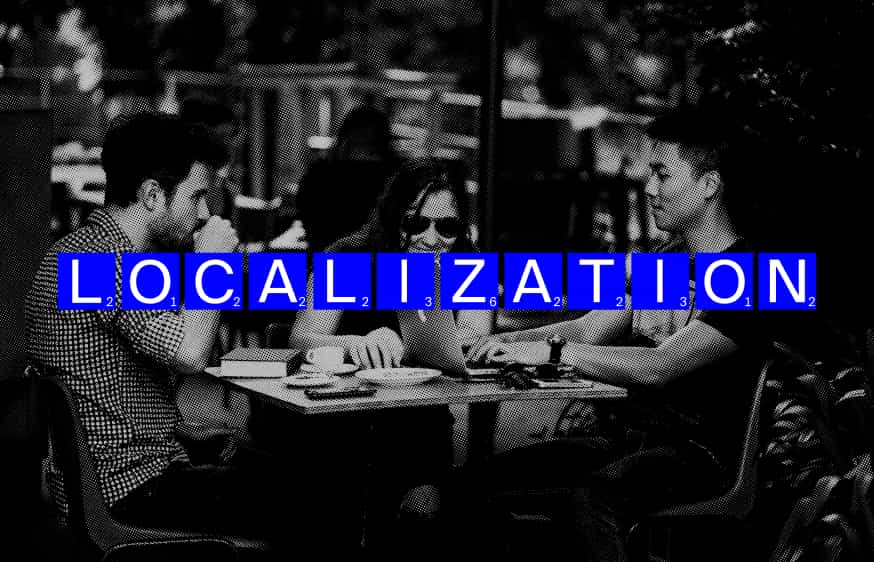
So, what should you remember when building your localization strategy? Here are our key takeaways
- Localization is essential to any international business strategy, especially when expanding into a new market.
- The process entails adapting to the customers in a foreign market and goes far beyond simply translating from one language into another.
- It includes the localization of any aspect of your product, content, and marketing communication with which local consumers may engage.
- Elements to consider when localizing include language, user interface elements, design, copy, date and time formats, currency, payment methods, and customer support.
- There are some best practices — involving research, documentation, and testing — that you can follow to enhance your localization strategy.
- Apple, Airbnb, and Coca-Cola have executed some great localization examples.
- Rask AI’s innovative suite of localization features removes some of the more painful, pricey, and time-consuming parts of the localization process, making it easier for companies and content creators to reach a global audience effectively.
FAQ
The goal of this strategy in various fields lies in satisfaction the needs of each nation, taking such basic features as look and feel, language, culture. A successfully localized content about the concrete product or service provided by a particular brand is that seems to be designed for a certain local audience.
The audience can suggest that both strategies are identical, but such a statement is misleading.
The standardization strategy means the caption to provide the marketing message, that includes international norms essential for the international markets, while the comprehensive localization strategy lies in just adapting resources, other strategies, marketing campaigns to the particular local markets.
This statement means adapting the production or services provided by the local businesses on the global level or some specific locales. When the corporation works globally, it also generally develops the key globalization strategy, that highlights all the purposes, challenges and plans. However, the global strategy can’t be relevant for completely each of the target markets, due to the specific cultural features.
The successful localization strategy includes 5 following units, that are key:
- Adaptation of the essential content data to the cultural features refers the aim to align particular values, norms of the target audience;
- Time and date formats are to be adapted according to the certain region formats;
- Option of the localized content & marketing are targeted to create the special content and marketing campaigns resonate with local audience, carrying about the cultural preferences, local tastes and all that;
- Localization of the language defines the translational process of the website, software, content into the local language of the particular country or just a target market. In such case, the customer experience will be progressed;
- Pavement and currency options means localization of pavement and pricing ways with the aim to accommodate the particular preferences to the target markets. This involves the display of all prices in local currency format and adoption of local currency norms.




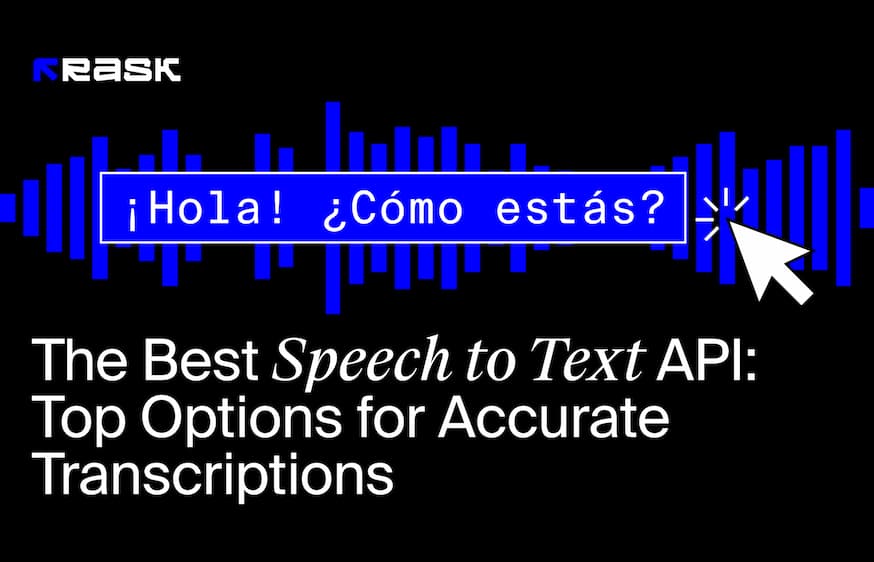
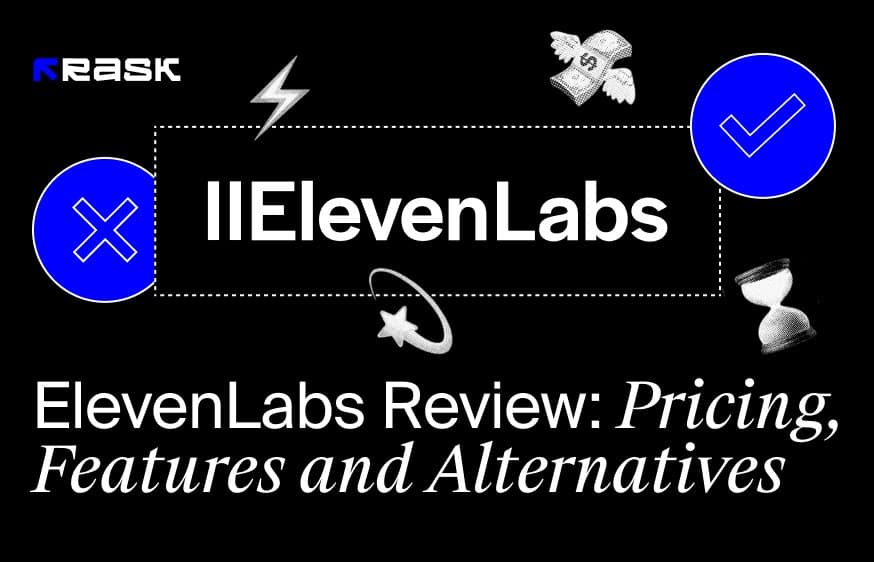
.jpg)
.webp)


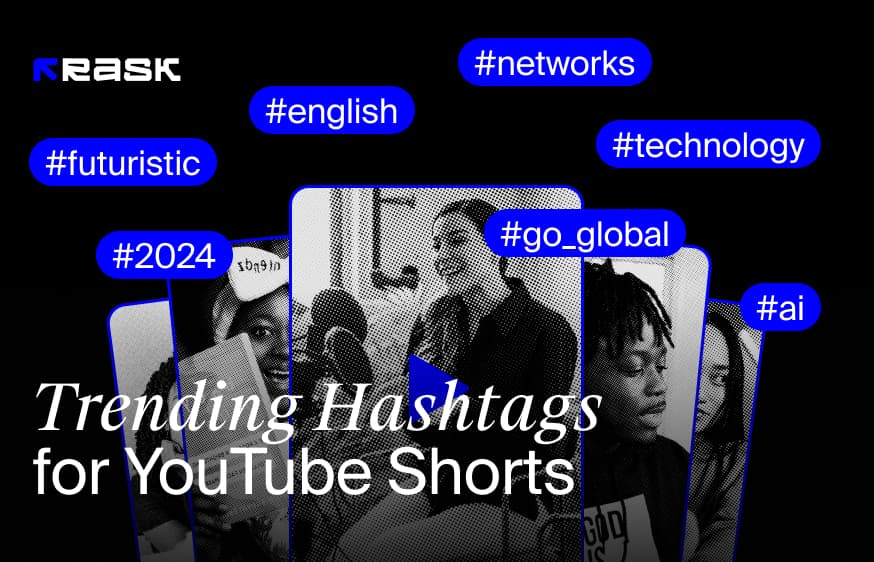
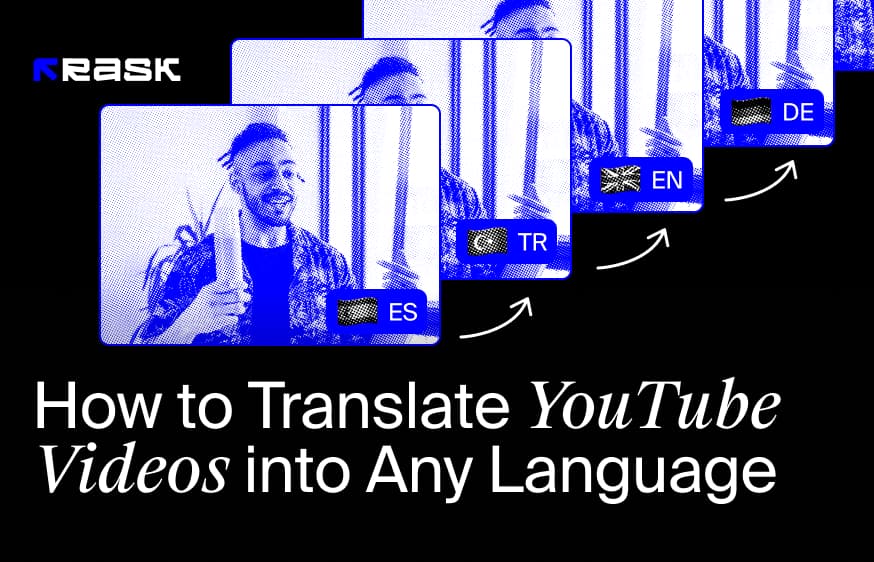
![8 Best Video Translator App for Content Creators [of 2024]](https://rask.ai/cdn-cgi/image/width=960,format=auto,fit=scale-down/https://cdn.prod.website-files.com/63d41bc99674c403e4a7cef7/6668a3dcd3175bd1d1c73c81_Best%20video%20translator%20apps%20cover.webp)
![Best AI Dubbing Software for Video Localization [of 2024]](https://rask.ai/cdn-cgi/image/width=960,format=auto,fit=scale-down/https://cdn.prod.website-files.com/63d41bc99674c403e4a7cef7/66685014f68137eb05c89c16_Cover.webp)
